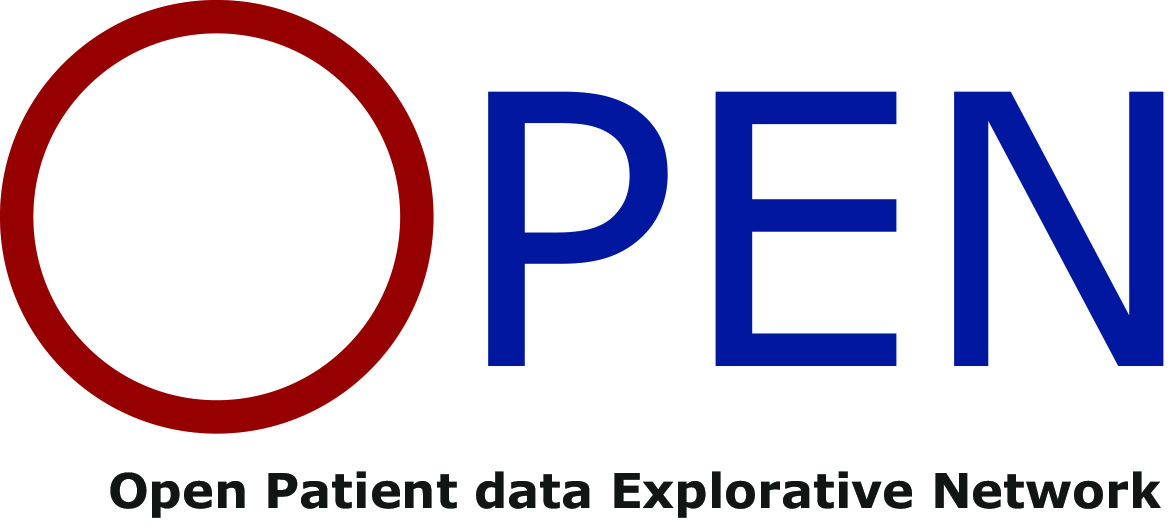
MD, PhD, Professor in neonatology
Gitte Zachariassen
H.C. Andersen Children's Hospital at Odense University Hospital, Denmark
| Project management | ||
| Project status | Open | |
| Data collection dates | ||
| Start | 01.01.2026 | |
| End | 31.12.2029 | |
EXPRESSMOM2 in pregnant women at high risk of preterm birth
Short summary
Mother's own milk (MOM) provides optimal nutrition for especially preterm born infants, but may not always be available after preterm birth. This study aims to investigate aspects of antenatal breastmilk expression (aBME) in high-risk pregnancies. Outcomes: gestational age at birth, colostrum composition, oxytocin levels, women's self-efficacy, and breastfeeding rates. We expect aBME to be safe in high-risk pregnancies, to support early availability of MOM, and to improve women's self-efficacy.
Rationale
Mother's own milk (MOM), particularly colostrum, rich in bioactive components like growth factors, anti-inflammatory substances, and probiotics, is vital in protecting preterm infants from diseases. However, mother's milk production is often delayed after preterm birth. Antenatal breastmilk expression (aBME) can potentially ensure colostrum to be available immediately after birth in women at high risk of preterm birth. Prior to this project, the research team conducted a pilot study in healthy pregnant women, demonstrating that aBME from week 34 of pregnancy did not increase the risk of preterm birth. Therefore, this study aims to investigate the effects of aBME in pregnancies at high-risk of preterm birth, where MOM is very important for protection of the infant gut. This is the first study globally to investigate whether aBME from week 28 in high-risk pregnancies is a safe and effective method to ensure early access to MOM. In addition, this will also be the first study globally to analyze and compare colostrum from pregnancy with colostrum after birth, which provides unique insights into the specific components that make MOM the optimal nutrition for preterm infants. By improving early access to MOM, feeding only MOM, and probably improving breastfeeding rates, this study contributes with new research that probably improves both short- and long-term health outcomes in preterm infants. Many mothers report negative attitudes towards breastfeeding after preterm birth due to immediate separation from their infant, perceived insufficient milk supply, and significant parental stress. This study also aims to investigate self-efficacy and breastfeeding rates. Primary aim: Safety of aBME in pregnant women at high risk of preterm birth from week 28 to 34 of pregnancy Secondary aims: o Availability of MOM o Colostrum composition (macronutrients, microbial and bioactive composition) before and after birth o Maternal breastfeeding self-efficacy and rates of exclusive breastfeeding o Oxytocin levels during aBME/at randomization and birth o Bodily practices during breastfeeding establishment o Experiences with breastfeeding establishment in women with obesity after performing aBME
Description of the cohort
250 pregnant women between 28 and 34 weeks of pregnancy and at high-risk of preterm birth due to preeclampsia, PPROM or previous preterm birth before week 34, will be included from both the obstetric outpatient clinic, and from appointments in the obstetric emergency clinic throughout the Region of Southern Denmark. The pregnant women will be randomized to either intervention with antenatal breastmilk expression twice daily, or control, who follow standard care.
Data and biological material
Colostrum milk samples Blood samples for measurement of oxytocin Questionnaire data Data from the patient journals Data from patient administered app
Collaborating researchers and departments
Department of Gynaecology and Obstetrics, Odense University Hospital
H. C. Andersen Children's Hospital, Odense University Hospital
Department of Gynaecology and Obstetrics, Aabenraa Hospital
Department of Paediatrics and Adolescent medicine, Aabenraa Hospital
Department of Gynaecology and Obstetrics, Esbjerg Hospital
Department of Paediatrics and Adolescent medicine, Esbjerg Hospital
Department of molecular biology and genetics, Aarhus University
- Jan Trige Rasmussen